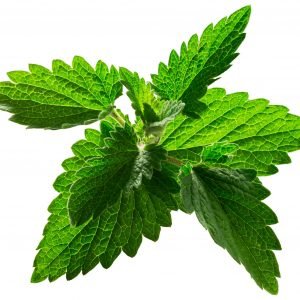26 pages excerpted from Berkowsky’s Synthesis Materia Medica/Spiritualis of Essential Oils.
Miasm: Cancer
Sefirot: Chokma, Binah and Tiferet
Soul Levels: Chaya, Neshama and Ruach
Primary Constitutional Type: Neurasthenia
Spiritual PhytoEssencing Core Perspectives: plant characteristics and history; herbal medicine and aromatherapy; homeopathic remedy Viola odorata; gemstone verdelite (green tourmaline); the colors violet and green; liver, warmth organization and fluid organization; pituitary gland and pineal gland; neurasthenia; Cancer miasm; Chokma, Binah and Tiferet.




